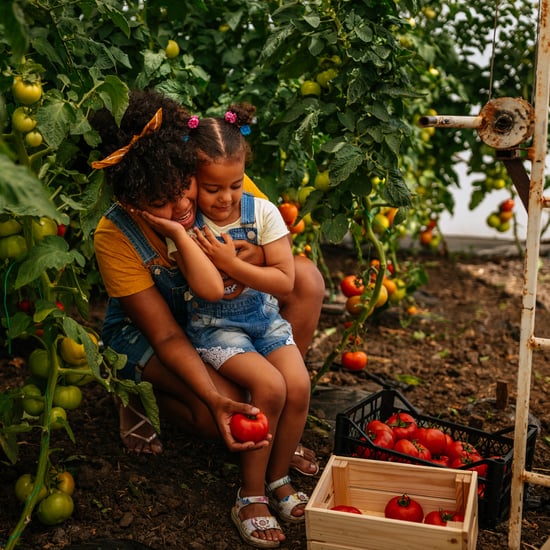How to Cut Food For Toddlers
Choking Is a Serious Risk For Toddlers; Here's How to Cut Their Food For Safe Eating
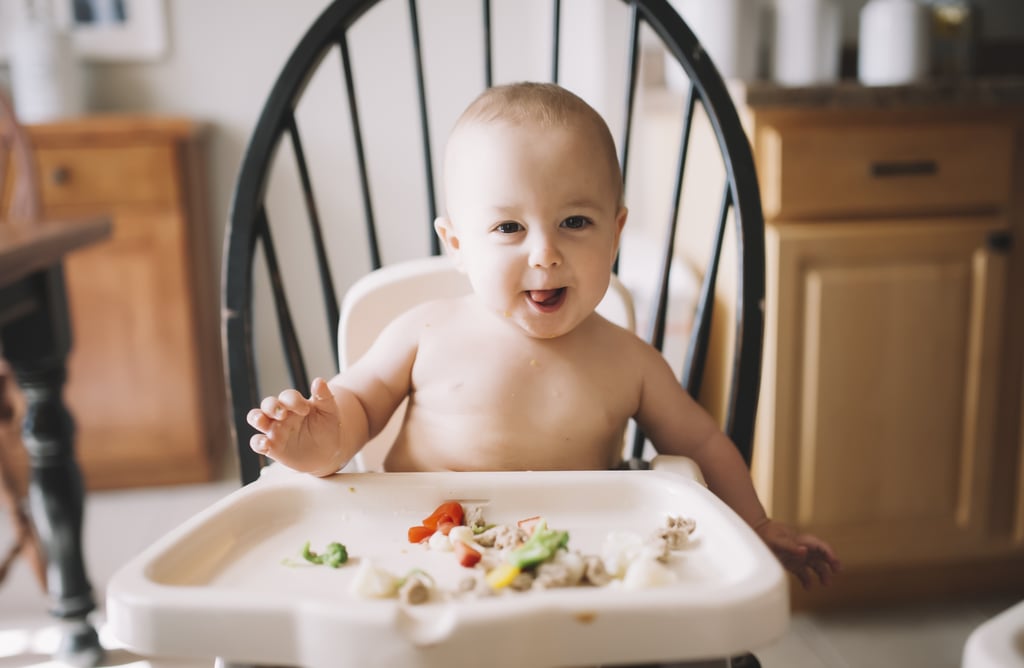
Having a toddler (aka a little one between the ages of 1 and 3) can be a lot to keep up with. From the curious hands that have to touch everything to the opinionated personalities that suddenly love to use the word "no," being a caregiver to a toddler can be a surprising time to navigate.
Among the many things toddler caregivers have to keep up with, how to safely feed the kiddos is one that shouldn't be ignored. With an estimated one child dying from choking on food every five days in the U.S. and more than 12,000 children taken to a hospital emergency room each year for food-choking injuries, knowing how to offer food to toddlers while reducing their risk of choking is incredibly important.
If you're wondering about the best ways to cut all the foods your toddler loves, you've come to the right place. Unlike us "grown-ups," toddlers are still learning how to chew food properly, running the risk of swallowing their food whole and blocking their tiny airways. Because of this, cutting your little one's food properly is of the utmost importance to reduce the risk of choking.
But getting a tip to "cut your baby's food properly" doesn't cover all the bases you need. Certain solid foods must be prepared appropriately to reduce the risk of choking.
Preparing Toddler Food to Reduce Choking Risk
According to the United States Department of Agriculture, children under the age of 4 should not eat small (marble-sized), sticky, or hard foods that are difficult to chew and easy to swallow whole, including foods like cheese cubes, gummy fruit snacks, hard pretzels, marshmallows, and whole nuts and seeds.
"Common choking hazards are crunchy foods (think chips, pretzels, popcorn), hard foods (like baby carrots and whole nuts), round foods the same size as a child's airway (like hot dogs and grapes), and sticky foods that are hard to chew and soften (like certain protein bars, candy, or a big spoonful of peanut butter)," Kacie Barnes, MCN, RDN, pediatric dietitian and creator of mamaknowsnutrition.com, told POPSUGAR. She advises that, because of this risk, these foods that are not cut or prepared in a toddler-friendly way should be avoided.
A great rule of thumb is to avoid serving foods that are as wide around as a nickel, which is about the size of a young child's throat. "By cutting foods into appropriate sizes, you minimize choking risk by ensuring foods are shaped and sized to make them more easily swallowed and less likely to get lodged in the trachea," Amber Rodenas, RD, LDN, a pediatric dietitian and owner of Littles Nutrition, explained.
To help you navigate this tricky world of preparing toddler food, we rounded up 15 popular toddler foods to show you exactly how to prepare them for your little toddler. Just keep in mind that advice is always evolving, and you should always default to your own healthcare provider for the most up-to-date tips on how to prepare your toddler's food to help keep them safe.
— Additional reporting by Camila Barbeito
Eggs
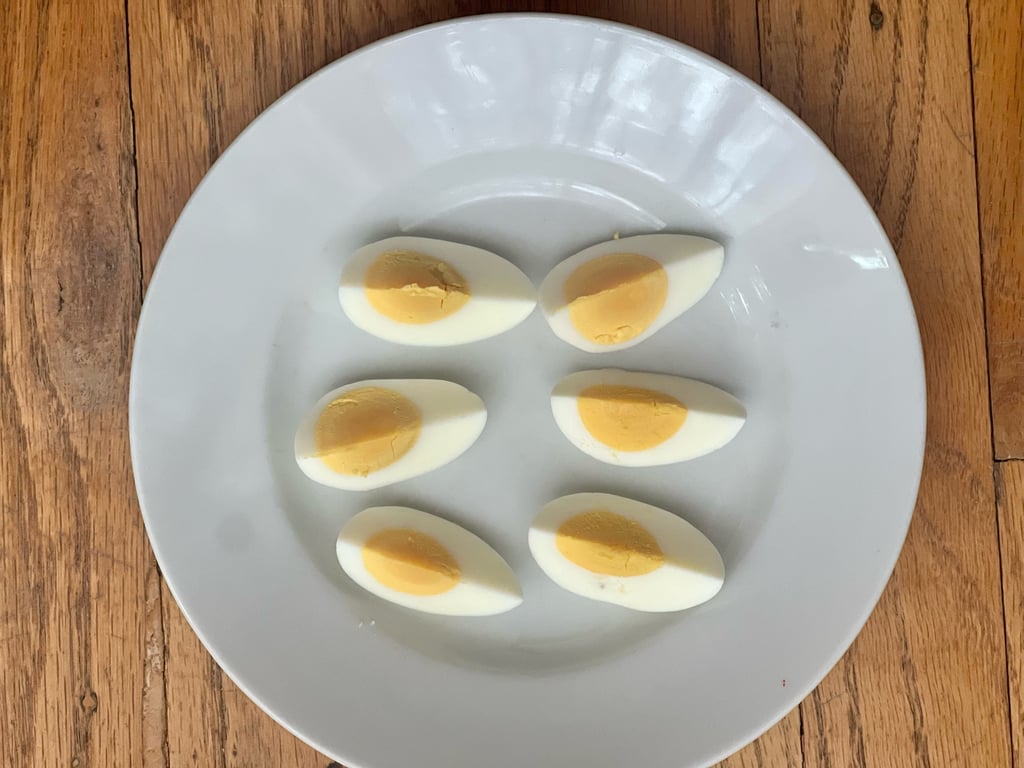
Grapes
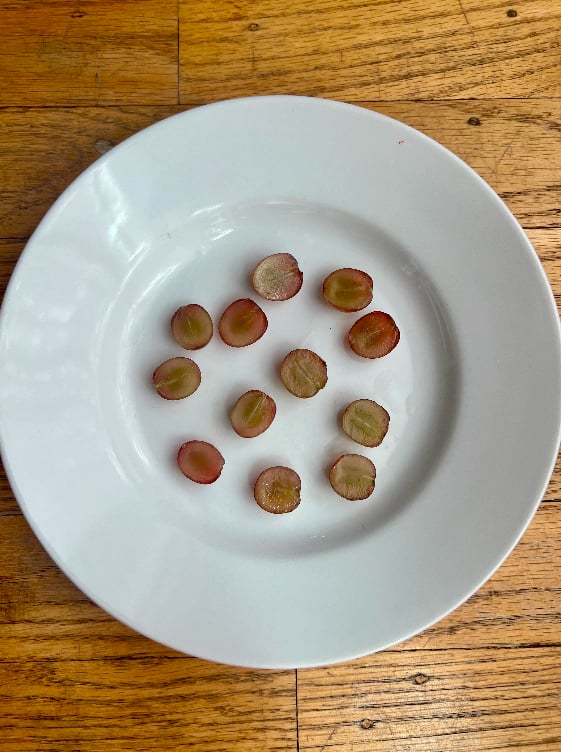
Apples
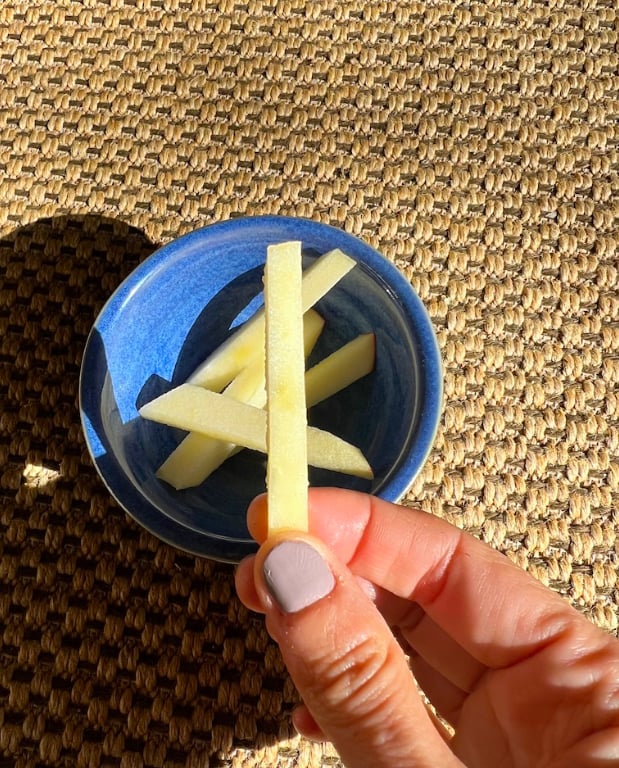
Cherry Tomatoes

Hot Dogs

Carrots

Celery

Blueberries


